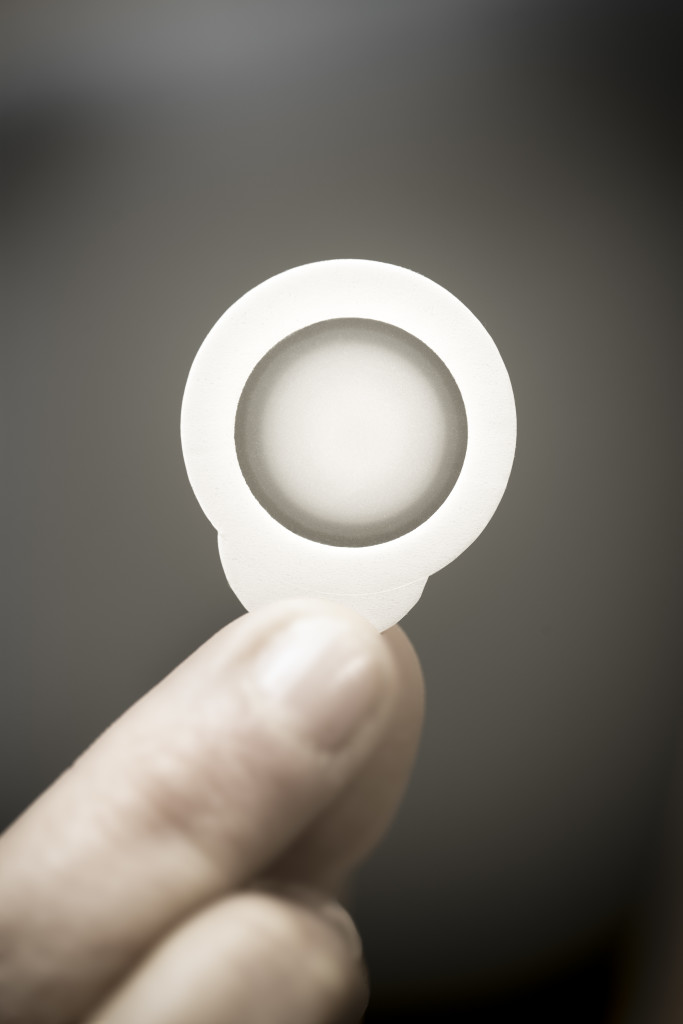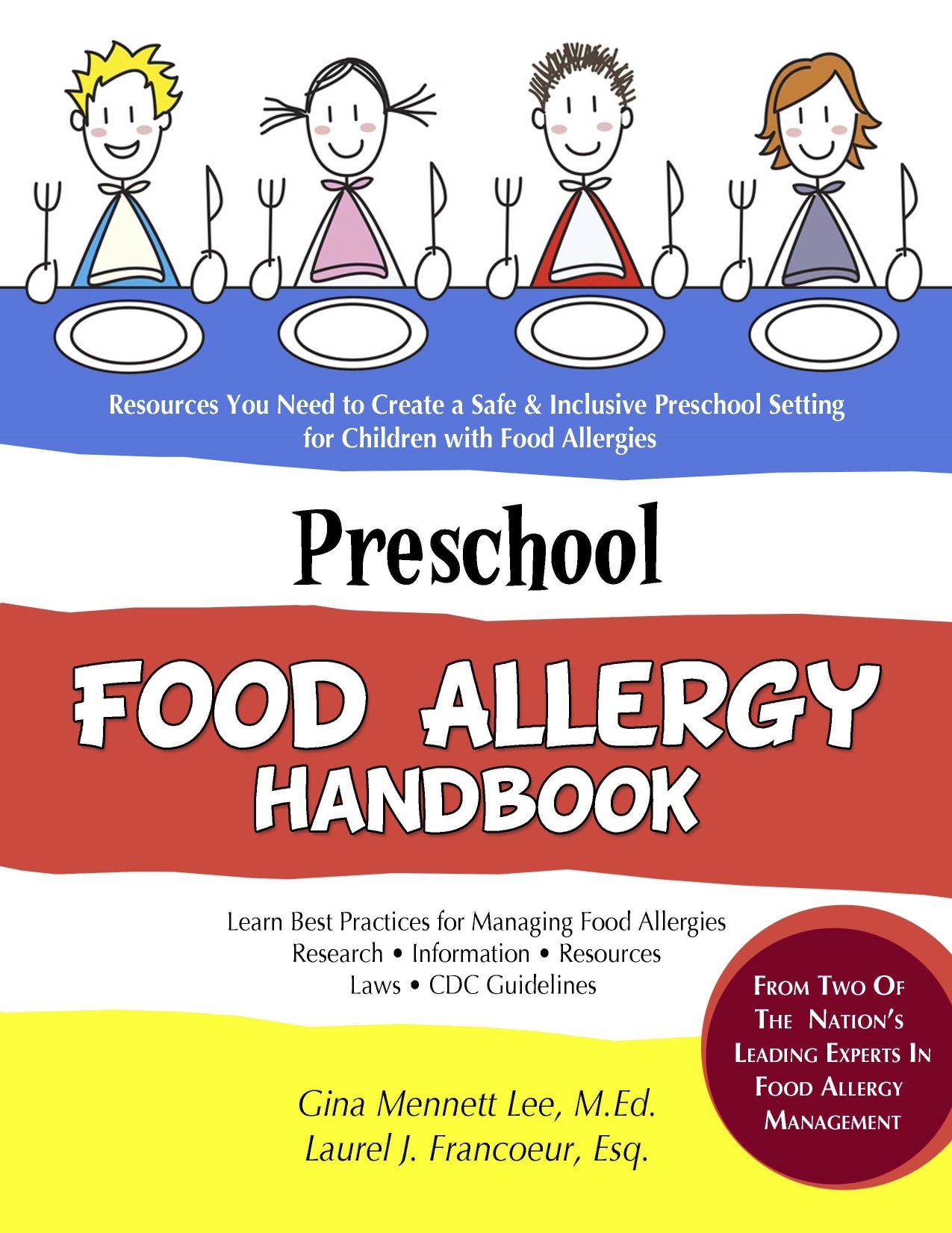
This past weekend at the American Academy of Allergy, Asthma and Immunology Conference (AAAAI), exciting findings from Clinical Trials of the Viaskin Peanut (Phase II) & Milk (Phase I/II) Patch were shared.
I was honored to speak with Dr. Hugh Sampson, Chief Scientific Officer of DBV (the biopharmaceutical company behind
Viaskin) the week before the AAAAI Conference about these findings. Below, I have highlighted what I found to be the most important nuggets of the information from our conversation. Most of the information is summarized or paraphrased.
What is Epicutaneous Immunotherapy (EPIT) commonly referred to as “the Patch”?
Basically, food protein is delivered via skin through the use of a small patch. Unlike Oral Immunotherapy (OIT), with EPIT the dosage does not increase but rather the length of time that the patient wears the patch increases.
How does it work? What would treatment look like for your child?
- The patient must have a confirmed food allergy. (Physicians will confirm food allergy based upon their standard protocol.)
- Patient would be provided patches. (Prescriptions will likely be required.)
- Patients would be shown how to apply the patch.
- The patient would wear patch for increasing lengths of time. By week 3, the patients in clinical trials wore the patch for 24 hours.
- The patch would be replaced everyday at a time when it would be less likely to be disturbed (ex. at night after showering.
- This process would continue for a specified amount of time (length of time has yet to be determined.
Are there any side effects?
The most common side effects were localized skin irritation. Some reactions moved beyond the patch site. There were no reported reactions requiring epinephrine. There were also no contraindications such as seen with OIT (ex. use with exercise, concern about viral infections or issues when a female is menstruating).
Is this a CURE?
NO, the hope is that patients will be able to tolerate accidental or small exposures. Results showed that 60% of children aged 6-11 in the OLFUS VIPES trial were able to consume 1,000mg (the equivalent of 4 peanuts) after two years of treatment.
Quick Facts:
- Early results shared at AAAAI indicate that EPIT is very promising in children.
- They currently have Peanut and Milk Patch, but hope to expand to other foods based on the clinical trial outcomes in the next couple of years.
- Patient compliance was greater than 96%.
- They are going into Phase 3 of clinical trials. (For more info on what phases mean, see here.)
- Greater level of compliance with EPIT than with OIT
- IgG4 level ( a potential indicator of protection) increased 9-fold in two years
Next Steps:
The Phase 2 trial is continuing into its third year with the same participants. The Phase 3 trial is currently in enrollment. In the continuation of Phase 2, the patients will stop treatment. Then they will do a food challenge at 2-3 months out, 6 months out, and so on. These findings will determine future treatment plans for others. In the Phase 3 trial, they will also attempt to replicate findings in a larger population.

